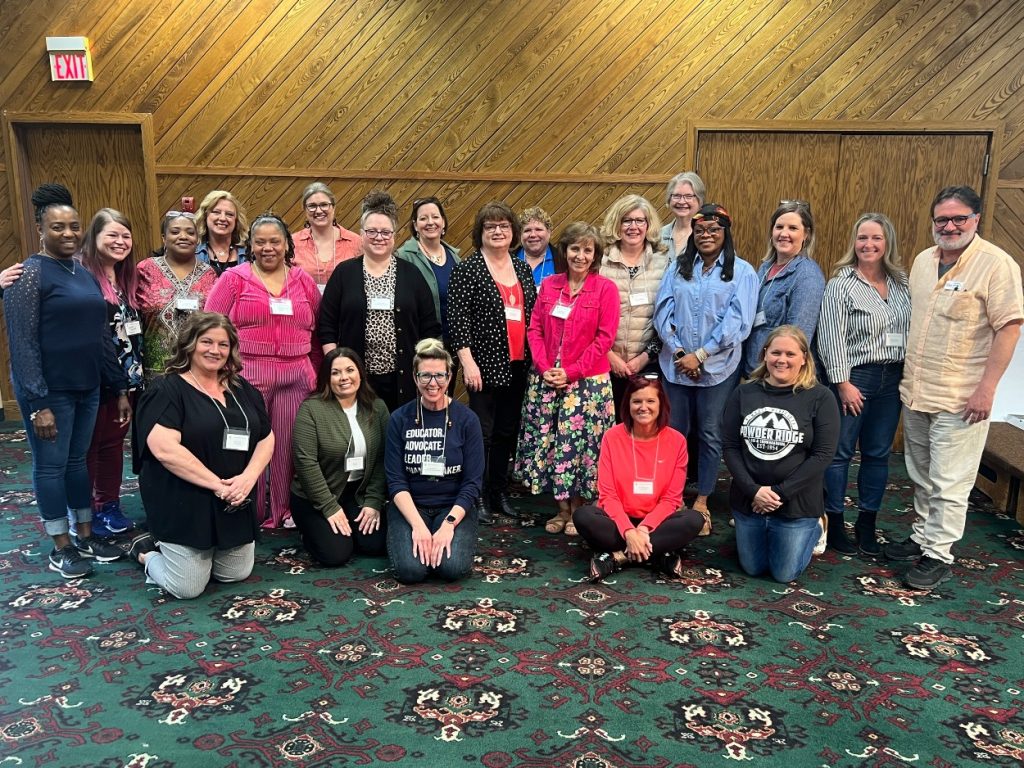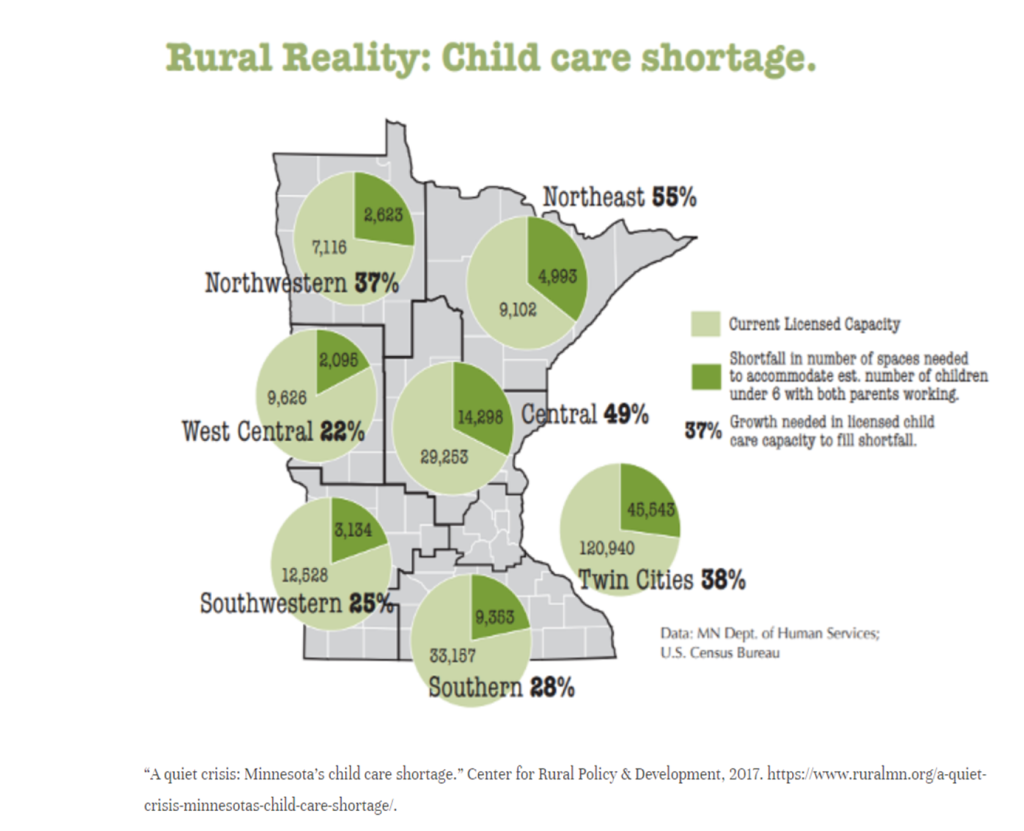Infant Mental Health Journal has named its top 10 most-cited papers, which include a study by Research Associates Alyssa Meuwissen, PhD, and Christopher Watson, PhD, IMH-E® (who retired from CEED in 2021). The paper that made the top 10 list is their 2021 article “Measuring the depth of reflection in reflective supervision/consultation sessions: initial validation of the Reflective Interaction Observation Scale (RIOS™).” Both Meuwissen and Watson were primary authors of the RIOS™. The RIOS™ is a tool that helps researchers study how reflective supervision works. It also helps them measure different aspects of a reflective supervision session. For this article, Meuwissen and Watson studied reflective consultation sessions attended by a sample group of child welfare workers. Their goal was to find out how well the RIOS captured the content of the sessions.
Deborah Ottman, who retired in June from her role as professional development coordinator, presented with Watson at the Minnesota Association for Children’s Mental Health (MACMH) annual conference on April 30, 2024. Their presentation was called “Who You Are Is as Important as What You Do: The RIOS™ Reflective Practice Framework.” The two explored how reflective practice skills are often less about “doing” than about “being”: being mindful, non-judgmental, curious, and empathetic, for example. One participant called the session “impactful and powerful” while another commented, “I had heard of reflective practice before but I wasn’t super knowledgeable about what it is all about. I appreciated the overview…and most importantly the kind and helpful demeanors of the presenters. They were truly inspiring to talk about a topic that asks us to challenge ourselves about what it is that is going on for us in such a calm and respectful way.”


The TARSS team organized the annual Trainer and RBPD Specialist Symposium which took place April 25-April 27, 2024, and drew more than 70 attendees. Participant comments included the following:
- “I learned a lot of tools to use in my personal AND professional life!”
- “For me it was my first conference after a long hiatus from this side of the field. I really appreciated the networking and felt recharged!”
- “There was a great variety of breakout sessions to choose from.”
- “Ideal space, great food, beautiful minds, opportunities to connect!”

Ann Bailey, PhD, director of CEED, presented to the Minnesota Farm Bureau as part of its “Harvesting Solutions” webinar series on June 13, 2024. She presented on “The State of Child Care in Rural Minnesota,” describing the challenges facing the child care sector–as well as families seeking child care–in rural Minnesota. While there is a shortage of child care “slots” throughout the state, it is especially severe in greater Minnesota, where the past few years have seen a dramatic decline in the number of child care providers. In addition to describing the magnitude of the challenges, Bailey explained how access to quality early childhood education both improves children’s development and sustains the economy.
Related subjects
Tags: staff and faculty

